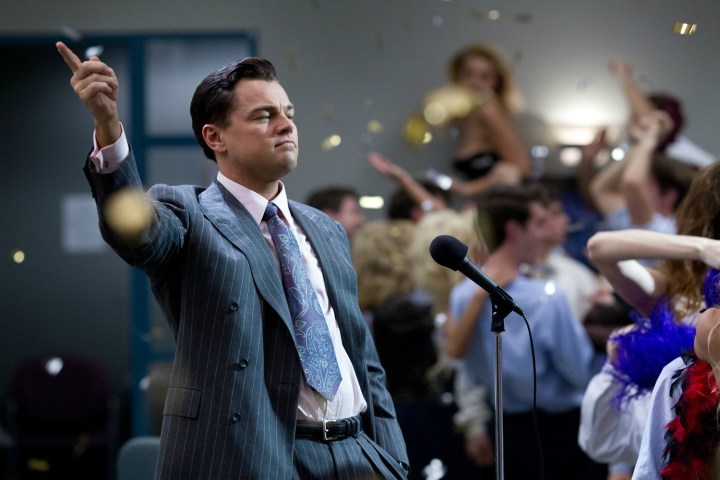
The Comprehensive Annenberg Report on Diversity in Entertainment analyzed film, television, and digital streaming services, looking at speaking characters, the people behind the camera, and the CEOs and executives. All in all, the report examined 109 films from major studios and their art-house divisions, plus 305 TV and digital series from 31 networks and streaming services. In total, there was a pool of 11,000 speaking characters; over 10,000 directors, writers, and show creators; and some 1,500 execs.
Not surprisingly (but disappointingly), women, racial and ethnic minorities, and the LGBT community were found to be underrepresented in these areas. When examining speaking characters, for example, only 28.7 percent in film were female. Additionally, only 28.3 percent of speaking characters were not white, though they account for 37.9 percent of the U.S. population. (More than half of the content analyzed featured no Asian or Asian-American characters at all, and some 20 percent featured no African American characters.) Meanwhile, just 2 percent of speaking characters were lesbian, gay, bisexual or transgender.
“This is no mere diversity problem. This is an inclusion crisis,” said Stacy L. Smith, author of the study and founding director of the MDSC Initiative. “It is clear that the ecosystem of entertainment is exclusionary.”
While the overall picture was bleak, some companies were found to be doing better than others at including underrepresented groups, whether that be on screen or behind the camera. Viacom, for example, scored well for its inclusion of female and underrepresented characters; Amazon was rated “fully inclusive” for hiring female directors; and Hulu’s portrayal of underrepresented characters ranked well.
It remains to be seen what steps — if any — studios will take to better include underrepresented groups. Hopefully, they’ll try out some of the report’s proposed solutions moving forward, which range from publicly setting inclusion targets to building inclusive consideration lists.
Editors' Recommendations
- Intel surprise launched a new graphics card, but it doesn’t make any sense
- Google disputes report, says diversity programs aren’t being cut
- Report says Apple doesn’t secure iCloud backups because the FBI asked it not to
- Square Off’s new self-moving chessboard doesn’t just play chess
- Google’s new Nest router doesn’t use Wi-Fi 6. Here’s why that’s shortsighted


